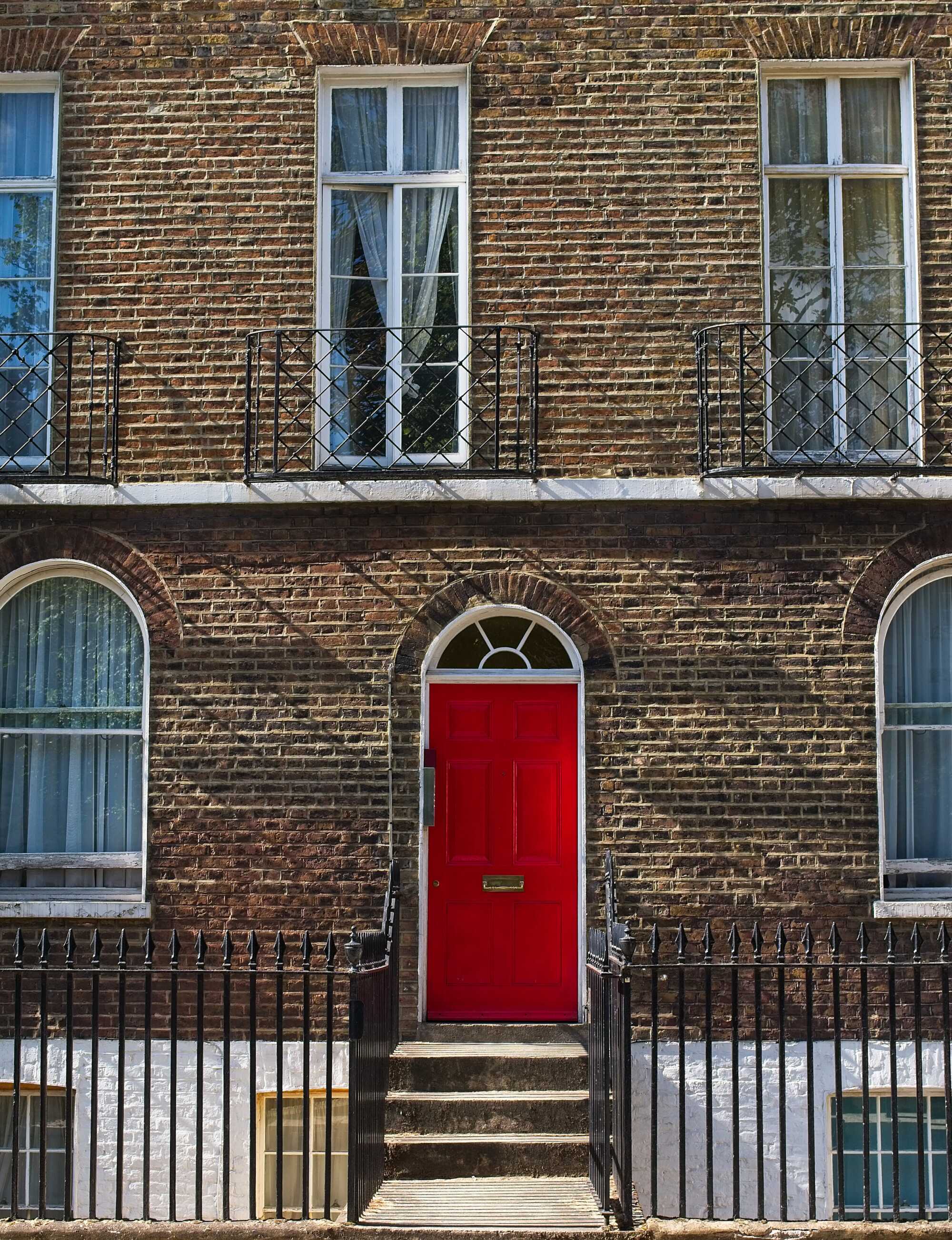When is an unsatisfactory lease unsatisfactory enough?!
2nd May 2019
Get in touch today
Call 01435 897297
Email info@kdllaw.com
2nd May 2019

In the recent case of Triplerose Limited -v- Stride [2019] UKUT 0099 (LC), the Upper Tribunal (‘the UT’) allowed a leaseholder’s appeal against the decision of the First-Tier Tribunal (‘the FTT’) to vary a lease where there was a failure to make satisfactory provision for the recovery of service charges.
The statutory framework
In our Legal Update sent on 13 December 2018, we outlined the ways that a residential lease can be varied. Of relevance, is Section 35 of the Landlord and Tenant Act 1987, which sets out the statutory framework for an application to the FTT where a lease ‘fails to make satisfactory provision’ with respect to one or more of the prescribed matters, including the computation of a service charge payable under the lease.
This Section is commonly relied upon where the service charge apportionments in the leases of an estate or development do not add up to 100%, or where elements of expenditure are missing from a lease.
The power conferred on the FTT under Section 35 is, however, discretionary, meaning that there is no automatic entitlement to have the leases varied, no matter how unsatisfactory the current arrangements may appear.
Background
The case concerned a converted Victorian four-storey terraced house divided into four flats. The freehold was held by a company, House of Hector Limited, owned and run by three of the four leaseholders. Triplerose Limited owned the basement flat and was neither a member nor a director of the freehold company.
The issue at the heart of the case was that the four leases did not contain the same provision for the payment of service charges. In particular, the lease for the basement flat only required Triplerose to contribute towards the costs of external painting of the building. Triplerose was not, therefore, required to make any contribution towards the repair or renewal of the main structure of the building or the fees for any agents appointed by the landlord for the management or maintenance of the building. The other leaseholders were required to make such contributions (in varying amounts).
The shortfall in service charges not paid by Triplerose was met by House of Hector (essentially, the other three leaseholders).
Triplerose initially applied to the FTT under Section 27A of the Landlord and Tenant Act 1985, for determination as to the payability of service charges rendered by House of Hector. It argued that many of the items it was required to pay for could not be categorised as external painting and decorating.
In turn, House of Hector cross-applied to have the lease varied under Section 35 as above.
The decision
The FTT allowed House of Hector’s application and varied the lease for the basement flat, so as to require Triplerose to contribute one quarter of the cost of repair and renewal of the main structure and the building, and the cost of any staff or agents employed by House of Hector.
The FTT considered that the variations were simply part of a necessary ‘tidying up’ exercise, designed to bring the lease into line with modern practice. Triplerose appealed.
The UT found in favour of Triplerose and allowed the appeal.
The UT recognised that there were various discrepancies between four leases, which demonstrated “an astonishing lack of care” and illustrated “the dangers of cutting and pasting parts of a lease into another without checking the details”; Counsel for Triplerose going as far as to say that “a special place in hell should be reserved for the person(s) who proof read and checked these four leases”!
However, the UT was not satisfied that the basement flat lease failed to make satisfactory provision for the purpose of Section 35. The UT said that the fact that the proposed variations to the lease were common or standard, did not make the original terms unsatisfactory. Equally, the fact that the tenants made different contributions also did not make the basement flat lease unsatisfactory.
Before the FTT could be satisfied that a lease made unsatisfactory provision for any particular item of expenditure, it needed to be satisfied that the lease as drafted was leading to an actual and identifiable problem. While the lease of the basement flat was unusual, the leases had been in existence for around 20 years and no problems had arisen; the building was being maintained and management was being provided.
Whilst the UT accepted that there may be circumstances in which the lack of adequate contributions from Triplerose could render the lease unsatisfactory, for example if the shortfall in funds were too great to be covered by House of Hector alone, it said that this could only be established by reference to actual evidence.
Summary
Section 35 is regularly relied upon to vary leases and bring service charge apportionments in line where the total percentages do not add up to 100%. In light of the UT’s decision, it seems that an unsatisfactory lease will not be unsatisfactory enough simply by showing that the percentages do not add up to 100%, without evidence of an identifiable problem caused by any shortfall in funds. This will clearly need to be considered on a case by case basis.
For more information, please contact Kevin Lever at Kevin.Lever@kdllaw.com or telephone 01435 897297.
Disclaimer
This legal update is provided free of charge for information purposes only; it does not constitute legal advice and should not be relied on as such. No responsibility for the accuracy and/or correctness of the information and commentary set out in the article, or for any consequences of relying on it, is assumed or accepted by any member of KDL Law or by KDL Law as a whole.
If you have received this update in error or wish to unsubscribe from future updates then please email us at info@kdllaw.com.
Sign up to receive FREE regular Legal Updates by email